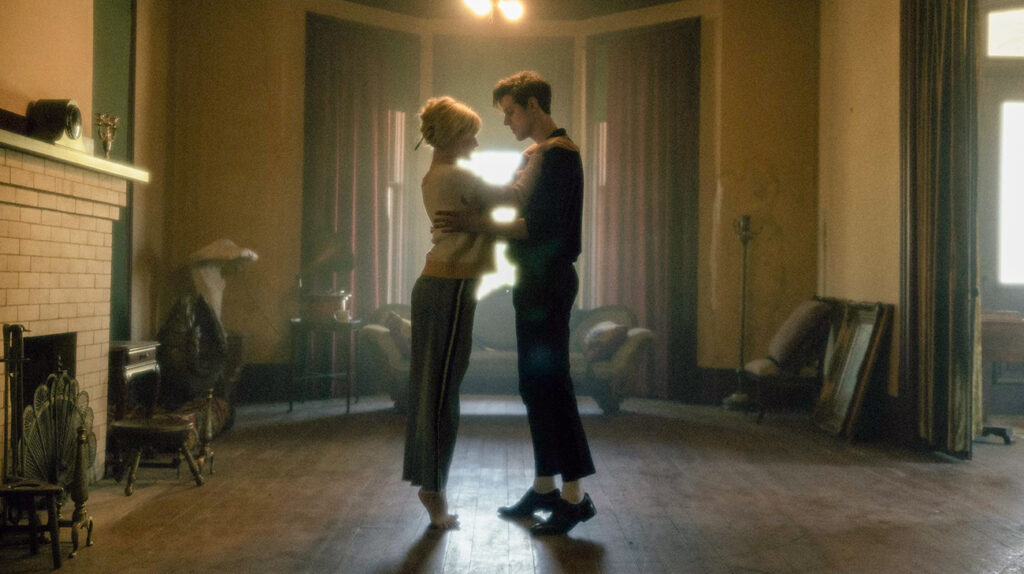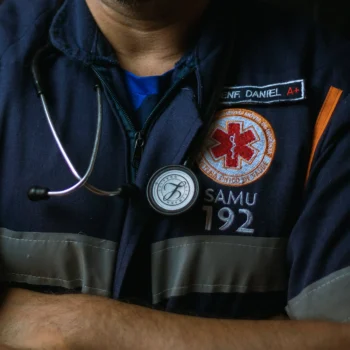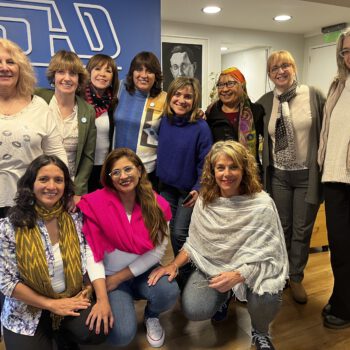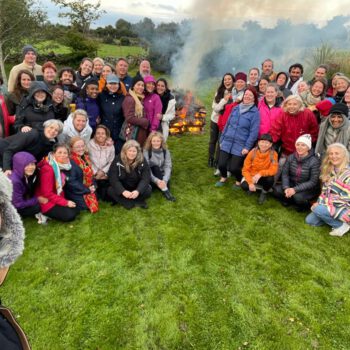What is our essence? Why do we need to know? What is ego?
Lately, I’ve been invited—nudged, really—into a deeper inquiry, not just for my own evolution but in service to my clients, whose nervous systems and hearts are calling out for something beyond technique or insight. Trauma work often begins in the body, but it doesn’t end there. It eventually leads us to more fundamental questions: Who am I, really? What remains when survival strategies soften? What is essence—and what is ego?
These aren’t abstract questions for me. They’ve become living inquiries, pulsing underneath every session and every moment of my own emotional process. I find myself returning, again and again, to the teachings of Eckhart Tolle, Michael Brown, the Diamond Heart work of A.H. Almaas, Carl Jung, and Thomas Hübl—not for intellectual stimulation, but because they offer language and practice for something I already feel in my bones: that healing trauma is not just about repair. It’s about remembering who we truly are.

What is Essence?
Essence, to me, is not an idea—it is a living experience. It emerges in the hush beneath all doing, in the silence I find when I become still enough, bare enough, true enough to slip beneath the masks I wear and the names I’ve answered to. It is what remains untouched by wounds or stories. Essence is presence itself—pure awareness, love without conditions or demands. It is the quiet hum of wholeness I brush against in meditation, in the rise and fall of breath, in the unguarded gaze of someone who truly sees me.
In the Diamond Heart series, Almaas describes essence as the inherent qualities of our being—joy, will, compassion, strength—that become obscured but never lost. I remember reading his words and feeling a deep yes in my body. Not because I understood them fully but because they resonated with something I’d known since childhood and forgotten along the way.
Michael Brown, in The Presence Process, echoes this idea. He speaks of emotional integration as a way of accessing the timeless aspect of ourselves, the part untouched by past or future. His work invited me to stop trying to fix my emotions and instead feel them—to meet them with presence so essence could emerge organically.
And Eckhart Tolle puts it: “You are not your thoughts.” That sentence became a lifeline during a particularly difficult season of my own healing when the mind’s commentary felt louder than my breath. Essence is what remains when the mind quiets. It’s the silent witness underneath the storm.
Why Do We Need to Know Our Essence?
Because without it, we suffer. Not just the suffering that comes from trauma or pain—but the existential ache of being cut off from who we truly are. I see this in my clients all the time. Their bodies may be safe, their lives relatively stable, yet something feels off. Hollow. As if they’ve built a house but can’t find a home.
Thomas Hübl describes this well. He speaks of how personal and collective trauma create “occlusions”—energetic and emotional blockages that prevent us from accessing the field of coherence, the essence of being. These occlusions can manifest as a lack of self-worth, difficulty in forming and maintaining relationships, or a persistent feeling of emptiness. When we can’t feel our essence, we over-identify with our conditioning. We become what happened to us. And even the most beautiful relationships, careers, or spiritual practices feel unsatisfying in that place.
We need to know our essence not to escape our humanity but to anchor it. We need to move from survival into aliveness. We need to hold space for others not from the performance of a role but from the stillness of presence.
What is Ego?
This question has been more complex for me. For a long time, ‘ego’ felt like a dirty word—something to eliminate, transcend, dismantle. But I’ve come to see that ego isn’t the enemy. It’s the one who helped me survive. In the therapeutic process, the ego plays a crucial role. It’s the part of us that organizes our experience, helps us function, navigate relationships, and make decisions. We need an ego to participate in life. But the problem arises when we mistake the ego for the whole of who we are.
Carl Jung defined the ego as the center of consciousness—the part of us that organizes our experience, helps us function, navigate relationships, and make decisions. We need an ego to participate in life. But the problem arises when we mistake the ego for the whole of who we are.
Tolle reframes the ego as identification with form—stories, roles, past, and future. He teaches that the ego is sustained by unconscious thought patterns and emotional reactions, especially those rooted in fear or lack. I see this clearly in myself when I catch the urge to defend, prove, or control. That it’s the ego trying to maintain a fragile identity.
Michael Brown deepens this by describing ego as resistance to feeling. In his view, the ego emerges to protect us from emotions we were once unequipped to process. It’s not wrong—it’s just outdated. I find this profoundly compassionate. The ego isn’t something to be crushed but understood, felt, and held.
This perspective has changed how I relate to myself and to others. When I see a client locked in defensiveness or perfectionism, I now ask: What is this ego protecting? What unprocessed feeling lies underneath? And most importantly, can we stay present long enough to let it surface?
The Dance Between Essence and Ego
I’m beginning to see essence and ego not as opposites but as parts of a necessary dance. The ego gives us structure, while our essence gives us depth. When the ego relaxes, our essence can shine through. When our essence is embodied, the ego becomes more flexible and less reactive.
The ego seeks shelter in the known. It builds walls of familiarity, mistaking them for safety and resisting the rawness of the present moment. Without awareness, it quietly takes the lead—pulling us into memories, casting us into imagined tomorrows, all to avoid the stillness of now. For it is in the now, that our essence breathes. And so we find ourselves torn—drawn by the voice of ego yet aching for the quiet, steady pulse of our truest self.
I don’t claim to have mastered this dance. I get caught in my own patterns, my own projections. But I’m learning to notice faster. To pause. To ask: who is speaking now—my essence or my ego? And what would it look like if I responded from a deeper place?
To Be Continued in Part Two: How Do We Work With Both? Why Do We Need To? What is Ego Shadow?



